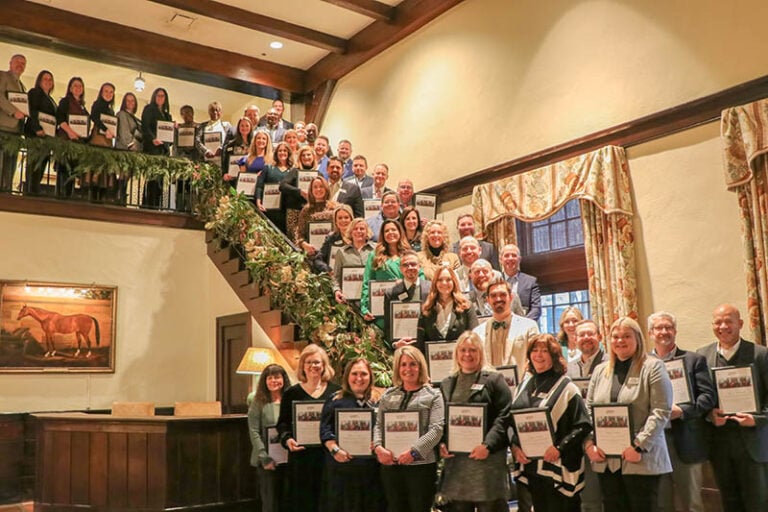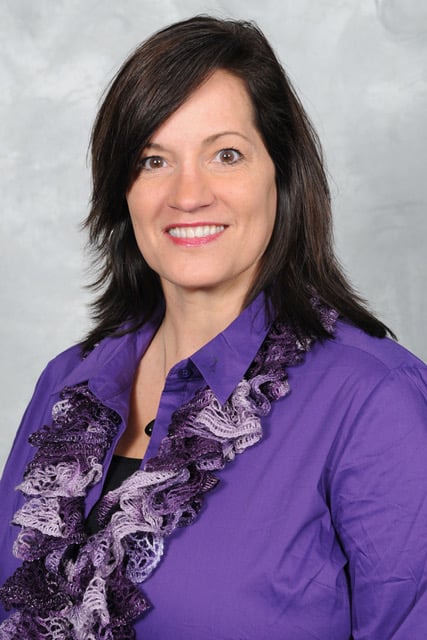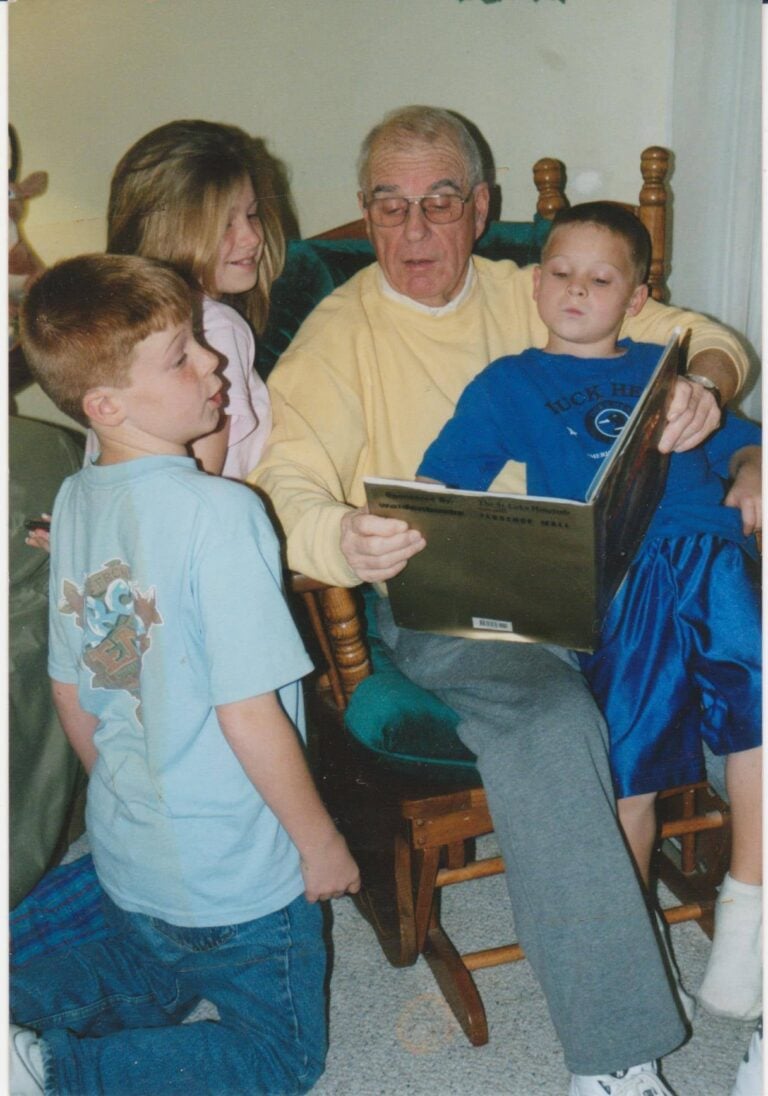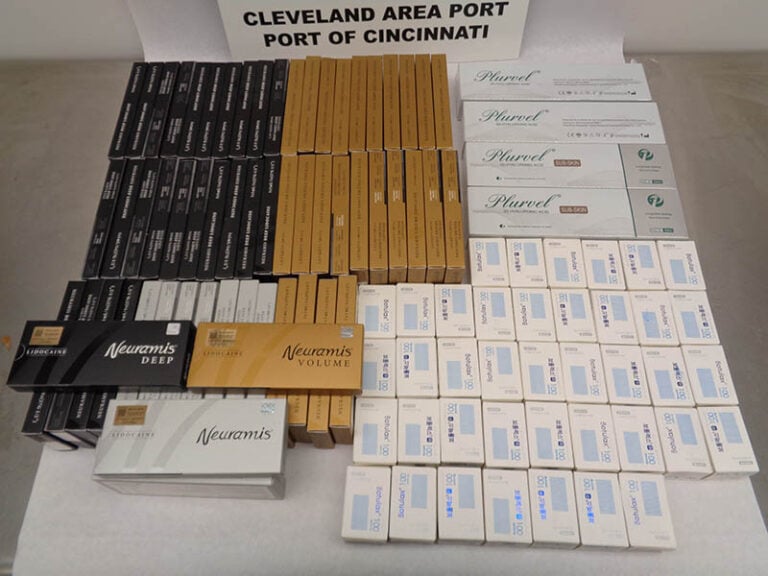Gov. Steve Beshear released what he considers Kentucky’s Top 10 accomplishments of 2014. Following are some of the highlights:
1. Record-setting new business investment
Kentucky’s manufacturing, service and technology sectors announced more than 350 new location and expansion projects, which are projected to create nearly 15,000 jobs and more than $3.7 billion in new investment. That is the most business investment in Kentucky since the Cabinet started recording investment data in 1987.
Kentucky’s economic activity reached an all-time high this year, according to the Federal Reserve Bank of Philadelphia Coincident Index, which measures wages,
unemployment rates and payrolls. Based on this index, Kentucky has recovered and exceeded the state’s economic losses suffered during the recession.
For the fourth consecutive year, Kentucky will break its all-time export record. Exports through October were $22.8 billion, a nearly 9 percent increase over the same period last year. Through the same time period in 2013, exports were at $20.9 billion.
National analysts expect gains for Kentucky in the coming year. According to the Federal Reserve Bank of Philadelphia Leading Index, which predicts economic conditions for the next six months, Kentucky is anticipated to have one of the highest growth rates in the country, with a rate roughly three times higher than the national average.
Major jobs announcements in 2014 included:
· Ford Motor Company (Louisville): 650 jobs, $209 million investment
· Champion Petfoods (Auburn): 147 jobs, $85 million investment
· eBay Enterprise (Richwood): 354 jobs, $52 million investment
· Nestle Prepared Foods (Mount Sterling): 91 jobs, $13.4 million investment
· Quiver Ventures (Bowling Green): 80 jobs, $155 million investment
· Kindred Healthcare (Louisville): 500 jobs, $40 million investment
· Faurecia Seating (Simpsonville): 410 jobs, $18.7 million investment
· DHL Express (Erlanger): 100 jobs, $45.6 million investment
· RCC Big Shoal LLC (Pikeville): 30 jobs, $193 million investment
· Aleris Rolled Products (Lewisport): secured 783 jobs, $350 million investment
· Computershare Inc. (Louisville): 250 jobs, $12 million investment
· CSX Transportation (Hopkinsville): 70 jobs, $83.4 million investment
· Xerox (Lexington): 400 jobs
· TeeSpring Inc. (Hebron): 299 jobs, $21.9 million investment
2. Jobless rate plunge
In November 2014, Kentucky’s unemployment rate dropped to its lowest rate in more than six years at 6 percent. That’s the lowest rate for the state since April 2008. Compared with November 2013, the rate dropped 2.1 percentage points. The last time such a steep drop occurred was 30 years ago.
Kentucky set more unprecedented records in jobless rates in 2014. August marked the first time on record that unemployment rates fell from the previous year in every single one of Kentucky’s 120 counties. Then it happened again in September, and again in October, making three consecutive months of unemployment rates falling from the year before in every single Kentucky county.
Health care, construction, information and trade, transportation and utilities were among the biggest job growth sectors in 2014.
3. Nation’s second biggest drop in uninsured
More than 521,000 Kentuckians enrolled in qualified health care through the state’s health exchange, Kynect, in its first few months of operation. As a result, a Gallup poll this summer reported that Kentucky’s drop in uninsured was second-highest in the country, going from 20 percent in 2013 to just under 12 percent midway through 2014.
A study by the Council of Federal Advisers projects that because more Kentuckians have health insurance, about 26,000 more people get cholesterol screening each year. Almost 7,000 more women will get a mammogram. Over 10,000 more women will get a pap smear, and 14,000 people will get treatment for depression.
4. Historic increase in K-12 education funding
Among the investments:
· An increase in base per-pupil funding for K-12 classrooms from the current $3,827 per student to $3,911 in FY15 and $3,981 in FY16 – the largest SEEK investment in Kentucky history.
· Guaranteed pay raises for teachers and classified school personnel.
· Increases in technology funding by $9.9 million, textbook funding by $33.4 million, professional development by $10 million, safety by $9.4 million and extended school services by $20 million.
· An increase of $18.7 million in FY16 to expand preschool services to reach 5,125 more 4-year-olds whose family income is within 160 percent of the federal poverty level.
· $100 million in bonds for K-12 school building projects.
Kentucky saw big improvements in education measurements in 2014 as well. The college and career readiness rate jumped to 62.3 percent – up from 54.1 percent last year. The four-year graduation rate is up from 86.1 percent in 2012-13 to 87.4 percent in the 2013-14 school year.
5. Bourbon’s banner year
Bourbon’s popularity and industry expansion hit new heights in 2014. An economic impact study released this fall revealed the proof – within the past two years, the bourbon industry has nearly doubled its workforce, tripled its number of distilleries, and set new modern records for exports and barrel inventories.
Bourbon is big business in Kentucky, making huge gains in exports and tourism. The distilling industry contributes $3 billion in gross state product to Kentucky’s economy every year, up 67 percent from just two years ago.
Some of the state’s distilleries expanded or improved their facilities with support from the state’s Cabinet for Economic Development. Among the major announcements:
· Beam Suntory announced a new 600,000-square-foot state-of-the-art distribution center will be built in Franklin County – the largest facility of its kind in the county. The company also announced plans to build the “Jim Beam Urban Stillhouse” in downtown Louisville, a $5 million project.
· Diageo broke ground on the new Bulleit Distilling Co. in Shelby County. The $115 million project will take about three years to build, including the distillery and six barrel warehouses. The company also announced it will invest an initial $2 million to develop the Stitzel-Weller Visitor Center in Louisville.
· Maker’s Mark Distillery will invest $70 million to expand operations in Loretto, creating replicas of its existing stills and adding new barrel warehouses and other infrastructure improvements. The project will create 30 jobs.
· Woodford Reserve opened its remodeled and expanded visitor center in Versailles. Brown-Forman, owner of Woodford Reserve, invested nearly $2 million into the 7,500-square-foot center.
· Wild Turkey opened its new visitor center in Lawrenceburg, capping off a $100 million investment to modernize and expand the distillery experience for tourists.
· Buffalo Trace broke ground on an 83,000 square foot distillery expansion in Frankfort, an investment of more than $20 million which is expected to add 40 new full time jobs.
· Glenmore Distillery announced a $45 million investment to add a 223,000-square-foot distribution center in Owensboro, which is expected to create 20 new full time jobs.
6. Money saved on Ohio River Bridges project
In early 2014, the costs of Louisville-Southern Indiana Ohio River Bridges (LSIORB) project dropped by nearly $300 million in an updated financial plan developed by the Kentucky Transportation Cabinet and the Indiana Department of Transportation.
In April, the new Milton-Madison Bridge over the Ohio River opened to traffic. At 2,428 feet long, it is the longest bridge in North America — and perhaps the world — to be slid laterally into place when it was moved 55 feet from temporary piers onto refurbished permanent piers. Built as a joint project by Kentucky and Indiana, the bridge is named “Best Project” for 2014 (lateral slide category) at the National Accelerated Bridge Construction Conference.
7. $68 million more in tobacco master settlement agreement payment
A settlement related to the 1998 tobacco Master Settlement Agreement (MSA) was secured that will provide an additional $68 million to support Kentucky farms, health care and early childhood services.
Under the agreement, Kentucky receives $110.4 million in disputed and related payments and will avoid a long and expensive legal battle. Combined with the $48.3 million in payments already received this fiscal year, the total MSA payments for FY14 total is $158.7 million, which is $67.9 million more than budgeted for FY14.
8. State’s largest employer goes tobacco-free
The executive branch of state government, the largest employer in Kentucky, ended the use of all tobacco products and e-cigarettes on executive branch state property on Nov. 20, the day of the Great American Smokeout. Kentucky is the fifth state to institute such a policy.
9. Broadband partnership to build fiber network for high-speed internet access
A new public-private partnership will develop a fiber “backbone” infrastructure to bring high-speed Internet connectivity to every corner of the state. Beshear and U.S. Rep. Hal Rogers announced the partnership with Macquarie Capital, which has assembled a team to design, develop and operate the open access network. When completed, 3,000-plus miles of fiber will be in place across the state. The project is projected to take two to three years to complete.
10. SOAR attracts national investment
The Shaping Our Appalachian Region initiative completed its first full year in 2014, which included attracting significant resources from the federal government to continue its work.
In January, the White House announced an eight-county region of Eastern Kentucky was among the areas named as a “Promise Zone.” It was the only rural region to earn the designation. The designation means the federal government will partner with these zones to accelerate public-private partnerships, promote job creation and education opportunities, and improve access to federal grant programs.
The U.S. Department of Agriculture expanded its StrikeForce Initiative into Kentucky this year, including much of Eastern Kentucky. The USDA is partnering with local community organizations, businesses, foundations, universities and other groups to support local projects and pursue needed investments into these rural areas.
SOAR held dozens of listening sessions across the region throughout 2014 through 10 working groups, which then reported their key findings to the executive board. Those goals and recommendations will be considered over the coming months. SOAR also named Jared Arnett as its founding executive director.
From Office of the Governor






















